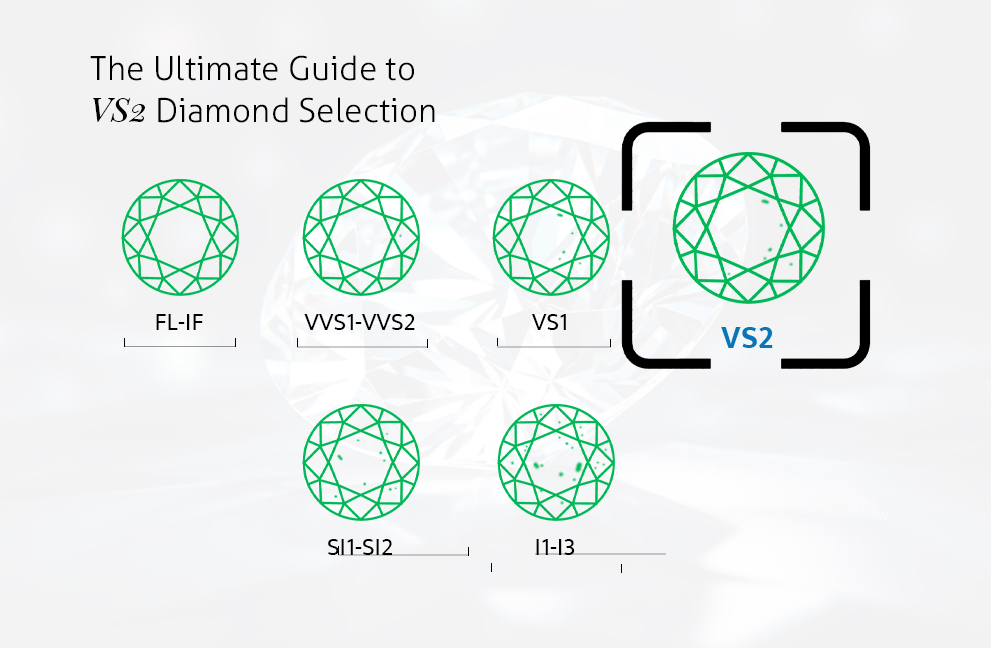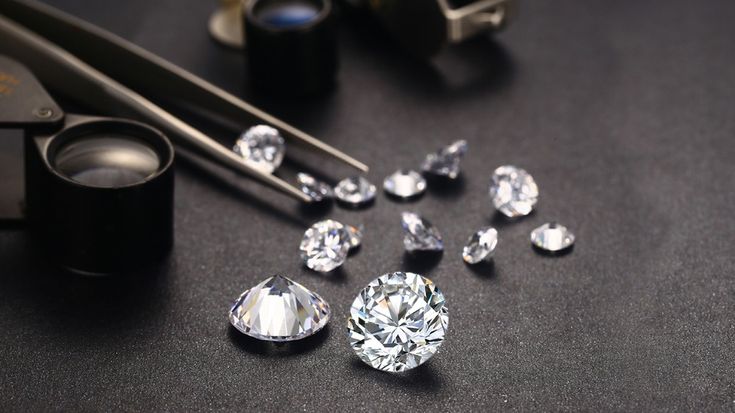
Color Grading and Its Effect on Diamond Cost
A diamond’s clarity is determined by its internal and external imperfections. There are diamonds with more imperfections than others, and even some that are flawless. Larger imperfections lower the price of a diamond, whereas fewer to no imperfections cause the price and value of the diamond to rise.
But don’t be afraid of the word imperfections or blemishes. These flaws are usually not obvious to the naked eye and can only be seen under microscopes or a jeweler’s loupe.
Remember the clarity grades:
- Flawless (FL)
- Internally Flawless (IF)
- Very, Very Slightly Included (VVS1 and VVS2)
- Very Slightly Included (VS1 and VS2)
- Slightly Included (SI1 and SI2)
- Included (I1, I2, and I3)
Generally, diamonds in the Very Slightly Included (VS) and Slightly Included (SI) categories tend to offer good value for money.
The color grade of a diamond significantly affects its cost. Diamond color is graded on a scale from D (colorless) to Z (light yellow or brown), with D being the most valuable.
The more colorless a diamond appears, the higher its value. Near colorless diamonds are also popular and offer a good balance between quality and cost. Lower-grade diamonds are generally more affordable, but the choice between color grades depends on personal preferences and the desired balance between diamond quality and budget constraints.










